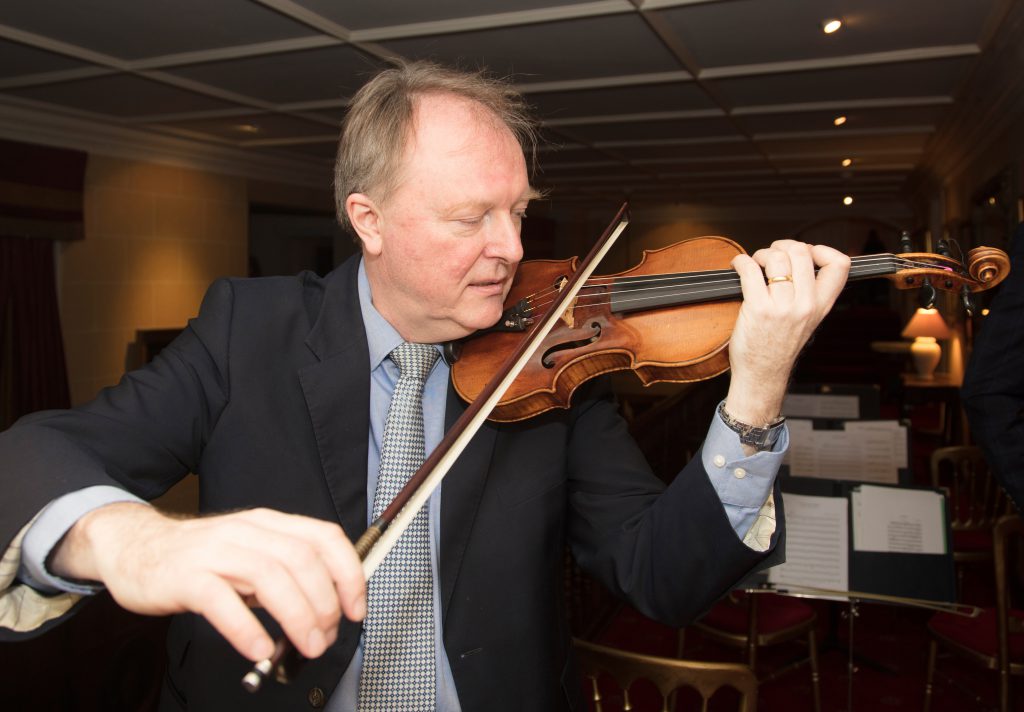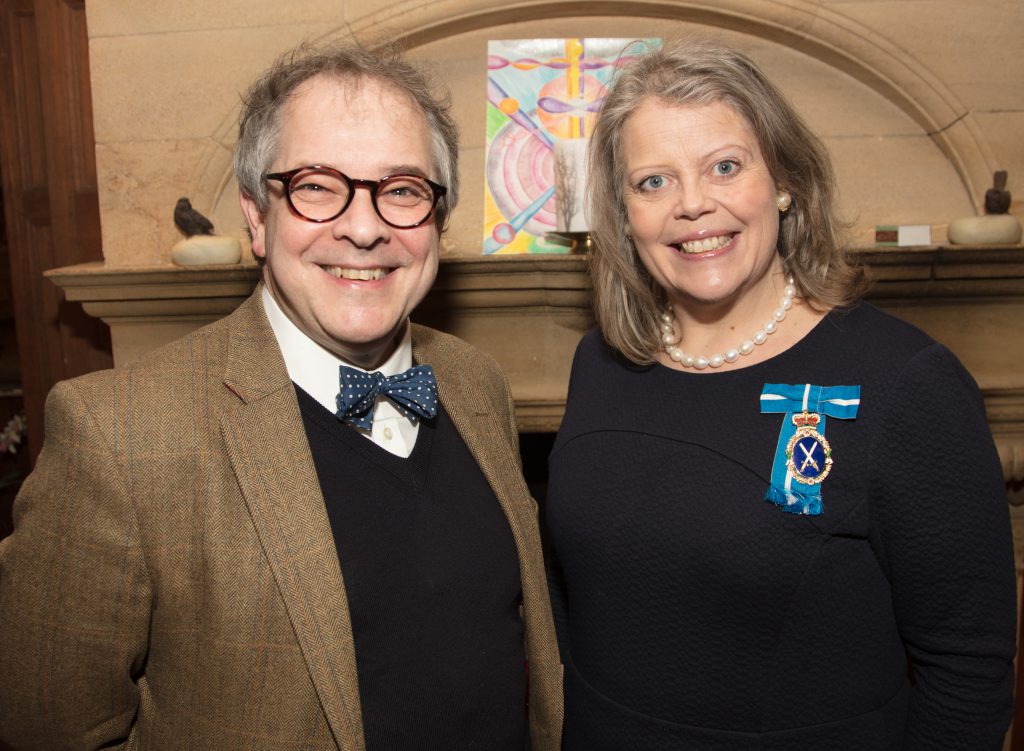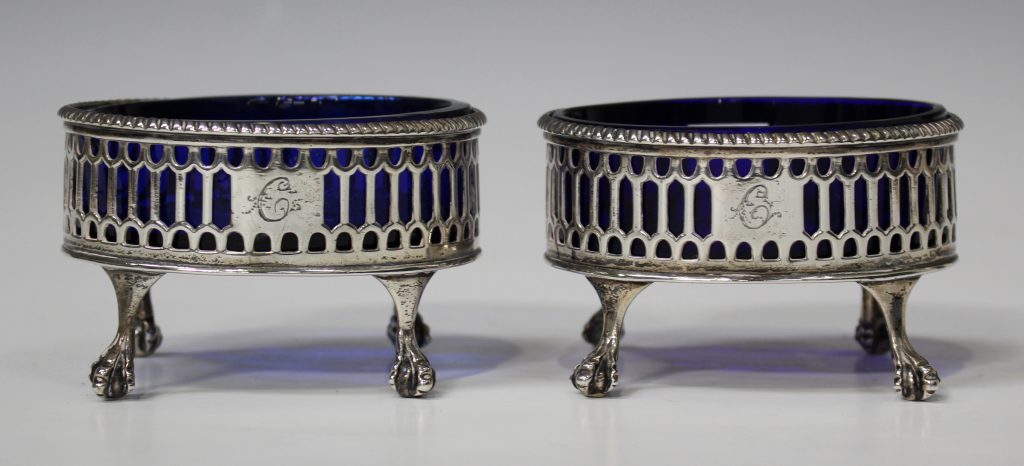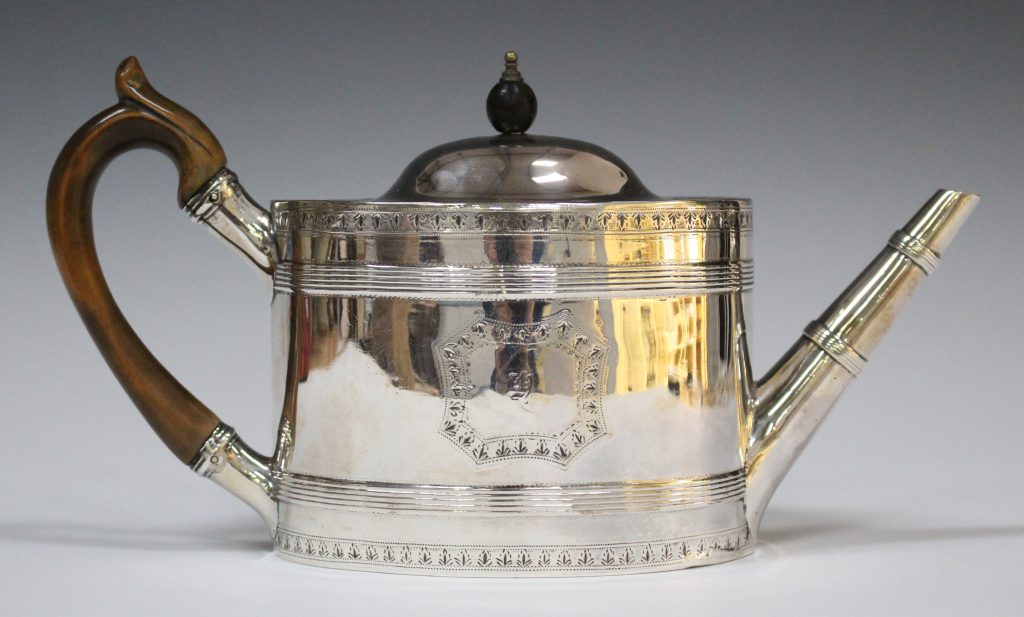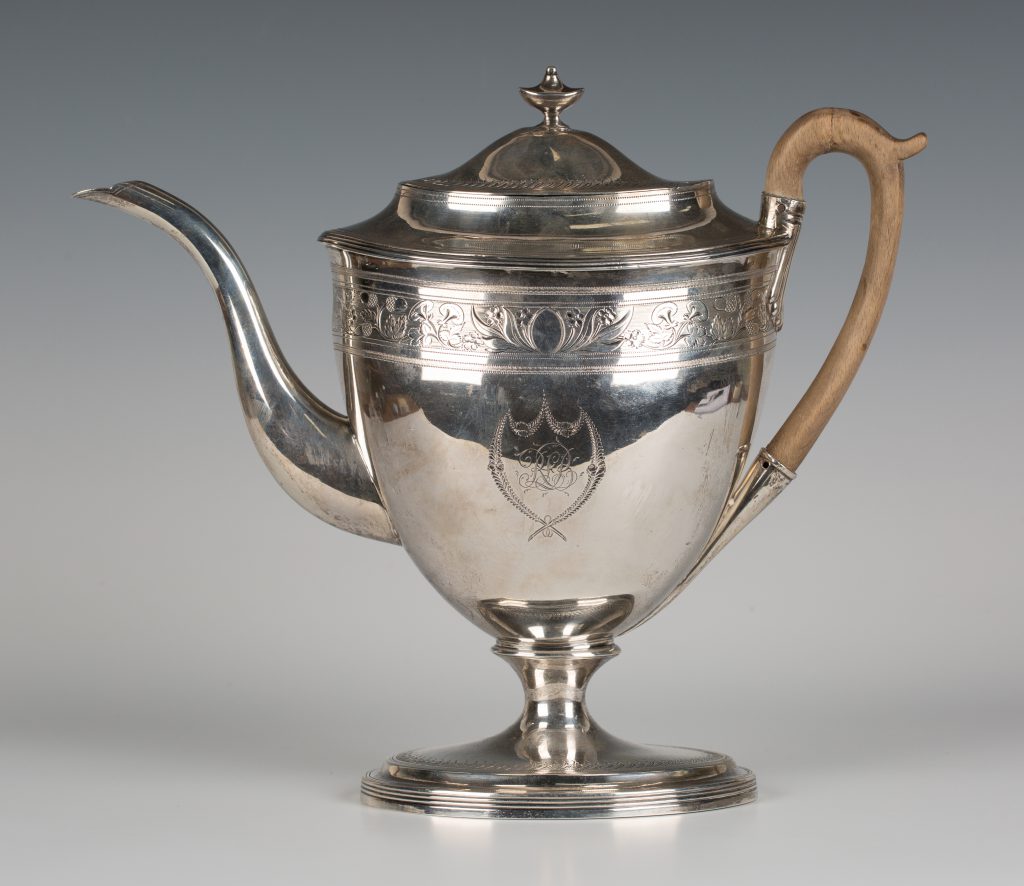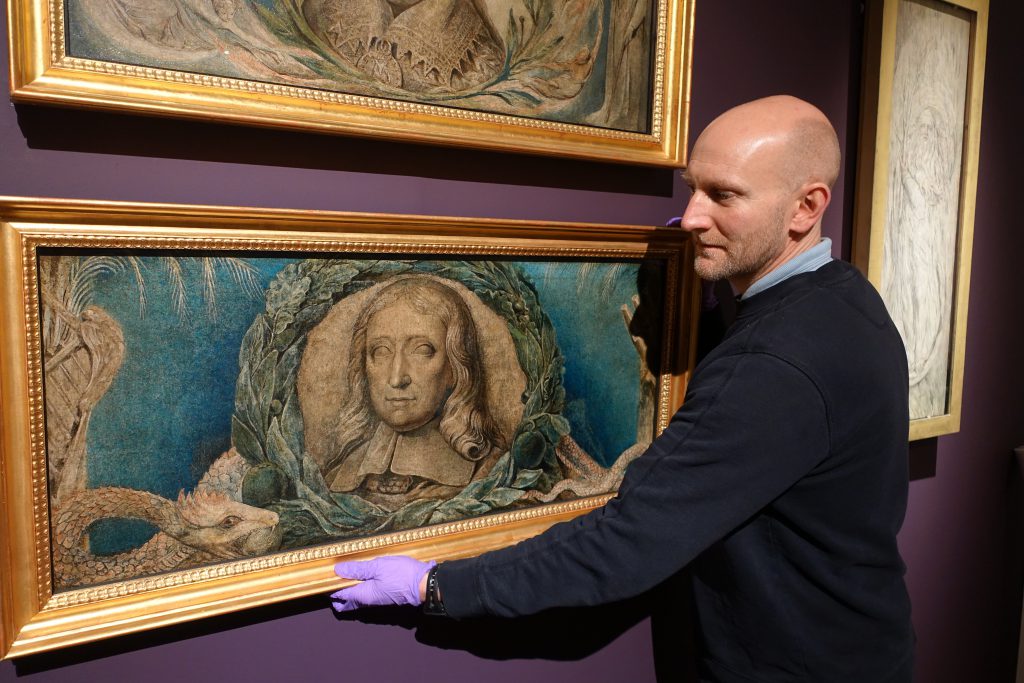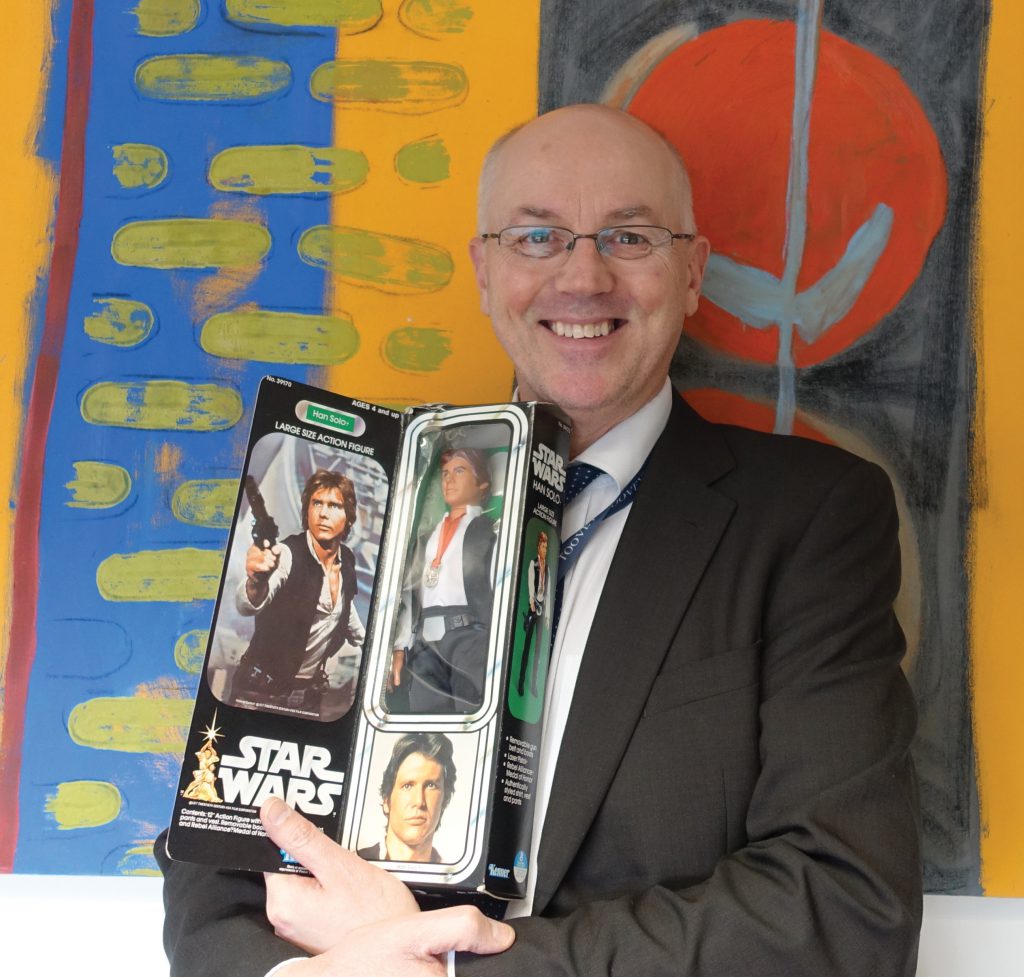
Toovey’s toy valuation event in support of the Horsham Museum & Art Gallery has become an extremely popular annual fundraising event. Toovey’s specialist toys valuer, Christopher Gale, will be at the museum on Saturday, 17th February 2018, between 10am and 12noon providing free auction valuations and advice on your toy trains, cars, Star Wars action figures, models, teddy bears, dolls and collectors’ toys.
A number of valuable toys have been discovered at previous events. Chris Gale who is donating his time explains: “A third of the seller’s commission for items subsequently auctioned by Toovey’s will be donated by us to Horsham Museum to help with its important work.”
Chris is excited by a Star Wars Han Solo action figure by Kenner in its original box which has already been entered for his toy sale in March. He says “This particular action figure depicts Han Solo wearing his Rebel Alliance Medal of Honour which Princess Leia presents him with in the closing parade of a New Hope after the Death Star has been destroyed. This particular model was never sold but was given to the cast and crew on the film. This one was purportedly given to the vendor by Peter Mayhew who played Chewbacca- it’s worth hundreds of pounds!”
For a morning of fun and free pre-sale valuations come to the Horsham Museum & Art Gallery, The Causeway, Horsham, RH12 1HE on Saturday 17th February, 10am to 12 noon. Toovey’s next specialist toy sale will be held on 20th March 2018.
